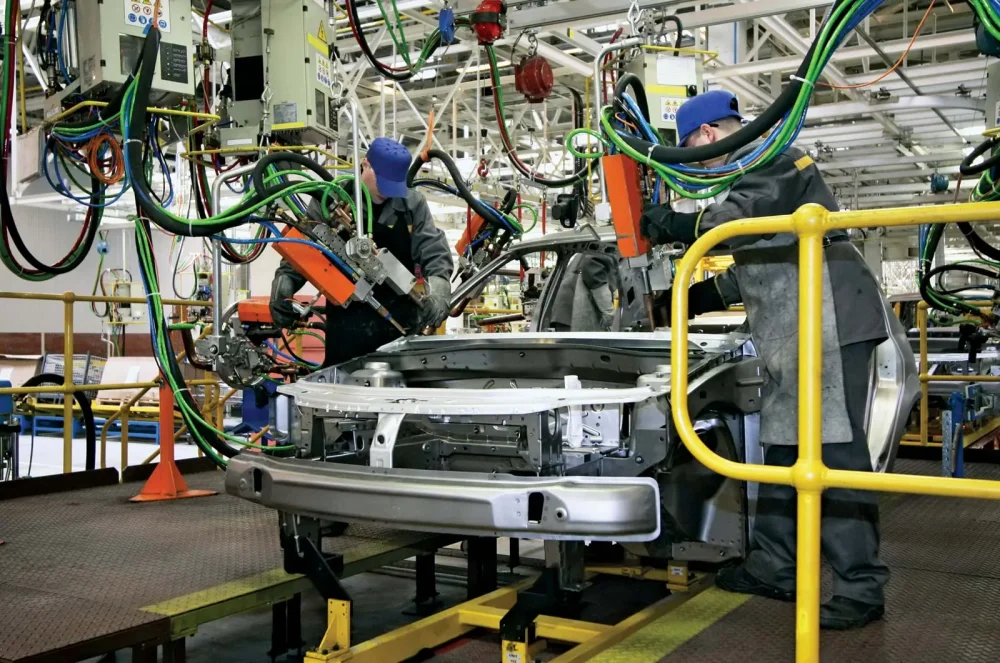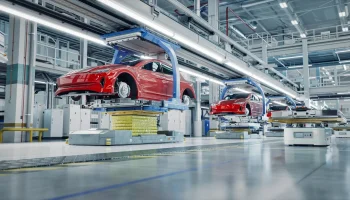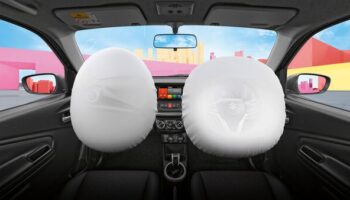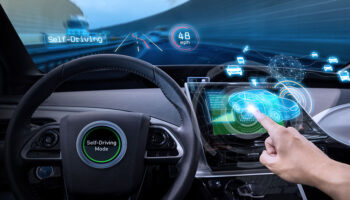Introduction: The Automobile as a Catalyst of Modern Life
The automotive industry stands as one of the most transformative forces shaping modern society. More than a mere mode of transportation, the automobile has revolutionized economies, urban planning, and cultural identity around the globe. It embodies human ingenuity and aspiration—offering freedom, convenience, and connection. Over the past century, the automotive world has undergone tremendous shifts, adapting to technological innovations and societal demands. Today, it faces perhaps its most pivotal era yet, as sustainability, digitization, and new mobility paradigms redefine what it means to drive and own a vehicle.
The Historical Road: From Curiosity to Necessity
The inception of the automobile in the late 19th century marked a watershed moment in technological progress. Early inventors, such as Karl Benz and Henry Ford, laid the foundation for an industry that would grow exponentially. Ford’s pioneering of the assembly line made cars affordable and accessible, turning the automobile from a luxury item into an everyday necessity.
Key milestones include:
-
1886: Karl Benz patents the first gasoline-powered car.
-
1908: Introduction of the Model T, democratizing car ownership.
-
Post-WWII boom: Expansion of highways and suburban development.
-
Late 20th century: Emphasis on safety, emissions control, and fuel economy.
This progression underscores the automobile’s role not only as a machine but as a powerful social and economic agent.
The Art and Science of Automotive Design
Automotive design is a sophisticated blend of art and engineering. It involves creating vehicles that are visually captivating yet functionally efficient. The shape of a car is not simply about aesthetics; it directly impacts aerodynamics, fuel efficiency, and user experience.
Essential design principles include:
-
Form and Function: Every curve and angle serves a purpose—from reducing drag to improving pedestrian safety.
-
Material Innovation: Lightweight composites and sustainable materials contribute to performance and environmental goals.
-
Interior Experience: The cabin is evolving into a sanctuary, incorporating advanced ergonomics and seamless technology.
Modern design reflects a harmony between heritage and innovation, capturing brand identity while anticipating future needs.
Performance and Power: The Changing Metrics of Excellence
Traditionally, automotive performance was measured by horsepower, acceleration, and top speed. While these remain relevant, contemporary definitions of performance have broadened significantly.
Current performance paradigms focus on:
-
Efficiency: Downsized turbo engines and hybrid systems deliver power with less environmental impact.
-
Electric Propulsion: Instant torque and quiet operation are hallmarks of electric vehicles (EVs), offering a fresh driving experience.
-
Intelligent Systems: Adaptive suspensions, dynamic steering, and traction control enhance both safety and enjoyment.
The modern driver values a balance—dynamic capability coupled with responsibility toward sustainability.
The Electrification Revolution: Driving Toward Sustainability
Arguably, the most profound shift in the automotive industry is the electrification of vehicles. The urgency of climate change, coupled with technological breakthroughs, has accelerated the adoption of electric and hybrid powertrains.
Considerations in the EV landscape include:
-
Battery Technology: Advances in energy density and charging speed are making EVs more practical and affordable.
-
Infrastructure Growth: Expansion of public and private charging networks reduces barriers to widespread adoption.
-
Government Policies: Incentives and regulations globally are fostering a cleaner automotive future.
Electric vehicles not only reduce carbon footprints but also introduce new design freedoms, thanks to fewer mechanical constraints.
Smart and Connected Cars: The Dawn of Intelligent Mobility
Beyond powertrains, vehicles are becoming sophisticated nodes in a digital ecosystem. The integration of sensors, connectivity, and artificial intelligence is transforming the driving experience.
Key technologies include:
-
Advanced Driver-Assistance Systems (ADAS): Features such as adaptive cruise control and automatic emergency braking improve safety.
-
Autonomous Driving: While fully self-driving cars remain on the horizon, incremental automation is already easing driver workload.
-
Vehicle-to-Everything Communication: Cars can communicate with infrastructure and other vehicles to optimize traffic flow and reduce accidents.
This digital shift reimagines the vehicle as not just transportation but a smart, interactive platform.
Cultural Significance: Cars as Symbols of Identity and Freedom
The cultural impact of the automobile transcends its functional role. Cars have become extensions of personal identity, symbols of status, and emblems of freedom.
Some facets of this cultural influence include:
-
Automotive Enthusiasm: Car clubs, vintage restoration, and motorsports celebrate craftsmanship and passion.
-
Design Icons: Certain models—such as the Porsche 911, Mustang, and Land Rover Defender—attain near-mythical status.
-
Lifestyle Integration: From road trips to daily commutes, cars shape routines and memories.
Despite technological upheaval, the emotional connection to cars remains deeply ingrained.
Future Outlook: Challenges and Opportunities Ahead
Looking forward, the automotive industry faces a complex landscape of challenges and possibilities. Sustainability, urbanization, and changing consumer preferences will continue to drive innovation.
Emerging trends to watch:
-
Mobility-as-a-Service (MaaS): Shifting from ownership to access models through ride-sharing and subscription services.
-
Sustainable Manufacturing: Circular economy principles and carbon-neutral factories are gaining prominence.
-
New Energy Sources: Hydrogen fuel cells and synthetic fuels may complement battery electric vehicles.
The journey ahead promises a dynamic redefinition of mobility itself.
Conclusion: The Road Ahead Is One of Transformation
The automotive industry has always been about more than moving from point A to point B. It reflects technological progress, economic forces, and human dreams. As it embraces electrification, intelligence, and sustainability, the industry is navigating a profound transformation—one that will shape how we live, interact, and explore our world.
In this evolving landscape, the essence of the automobile endures: a symbol of freedom, innovation, and the enduring human desire to journey forward.





